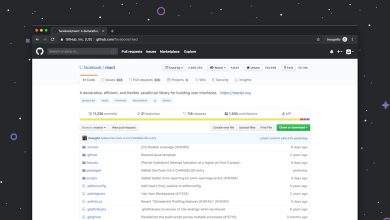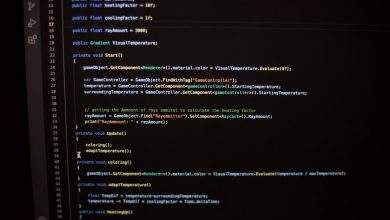
How to Write an Information Technology Resume (With Examples)
Applying for a job in IT? 🤓 Your resume is your first impression. It needs to be clean, clear, and scream, “I know what I’m doing.”
Don’t worry. This guide will walk you through writing a great Information Technology resume. And we’ll even have a little fun!
1. Keep it Simple (But Not Boring)
Recruiters spend just 7 seconds on a resume. Make every second count. Use a layout that’s easy to scan and keep things professional.
- Use legible fonts like Arial or Calibri
- Stick with black text on a white background
- Use line breaks and bullet points to create space
Pro Tip: Avoid flashy templates unless you’re applying for a design-related IT role.
2. Start With a Bang: The Summary
Begin with a short paragraph that tells hiring managers who you are and what you can do.
Example:
Experienced IT Specialist with 5+ years of managing enterprise-level networks. Passionate about cybersecurity & efficiency. Seeking to apply expertise to help XYZ Company streamline their infrastructure.
3. List Your Technical Skills
This is where you show off 💪
Make a list of the tools, languages, and systems you know:
- Programming Languages: Java, Python, JavaScript
- Operating Systems: Windows, Linux, macOS
- Tools: Git, Docker, Jenkins
- Databases: MySQL, MongoDB
Tailor this section to the job you’re applying for. If the job mentions AWS, and you know AWS — put it right at the top.
4. Show Off Your Experience
Follow this simple format for past jobs:
- Job Title – Company Name (Month/Year – Month/Year)
Under each job, list your most awesome accomplishments. Use numbers whenever you can.
Example:
- Led a team of 3 to redesign company network infrastructure, reducing downtime by 40%
- Developed internal tool in Python to automate daily reports, saving 15 hours per month
Pro Tip: Use action verbs like “developed,” “led,” “improved,” “launched.”
5. Education (Yes, It Matters)
If you have a degree in IT, Computer Science, Engineering or something related, include it here:
- Bachelor of Science in Information Technology
ABC University – 2018
If you’ve taken courses on platforms like Coursera or Udemy, that’s cool too! Add them in a “Certifications” section.
6. Certifications That Make You Shine
The IT world loves certifications. Especially big ones like:
- CompTIA A+
- Cisco Certified Network Associate (CCNA)
- Certified Information Systems Security Professional (CISSP)
- AWS Certified Solutions Architect
Put them proudly on your resume.
[ai-img]certification badges, cloud computing, it resume[/ai-img]7. Add a Little Extra
Have a GitHub account? Mention it!
Completed a side project you’re proud of? Link to it!
Example:
- Created an open-source password manager using React and Node.js – View on GitHub
8. What NOT To Do
Let’s save you from some classic mistakes:
- Don’t lie (seriously… recruiters will check)
- Don’t include unrelated jobs (like your high school job at the ice cream shop)
- Don’t forget spell check!
Final Example Template
Need a quick example? Here’s a simple format:
John Doe Email: john@example.com | LinkedIn.com/johndoe | GitHub.com/johndoe Summary: Detail-oriented IT professional with 4+ years specializing in cloud and server management. Skills: Python, AWS, Linux, Git, Docker, MySQL Experience: Systems Administrator – TechCorp Inc. (Jan 2020 – Present) - Maintained 50+ Linux servers with 99.9% uptime - Automated backup system saving 10 hours of work weekly Education: B.Sc. in Computer Science – XYZ University, 2019 Certifications: AWS Certified Solutions Architect – 2022
Now you’re good to go! Time to build that resume and land that dream IT job 🚀



